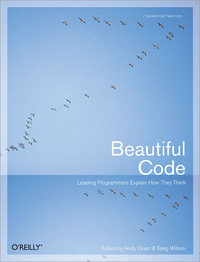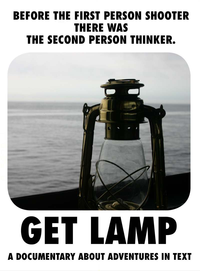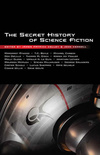Eden
Yes, these comics sometimes veer into the extremely sappy, but they’re metafictional and wonderfully fabular throughout. Eden collects more than 100 simple four-panel strips featuring a diminutive, somewhat rabbit-like king, or at least, someone who wears a crown, in a magical land. An extremely insightful naïvite, of the sort that one hears in the occasional oracular pronunciation of a child, comes through at times. But these comics do not overlook death or other serious subjects. Holmberg, who writes and draws in Buenos Aires, has Eden and more available on his website, in Spanish. Odd that to learn about a Web comic, I had to go into my local comic store and buying a book, but it goes to show that book-based institutions have more than a retail function. And, it seems unlikely that Holmberg’s work would have appeared in translation without a publisher such as Drawn & Quarterly. Through such everyday efforts, we sometimes find the extraordinary.


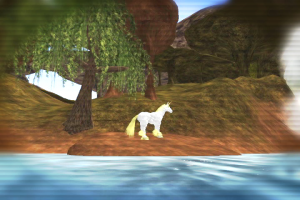

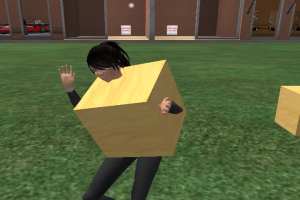
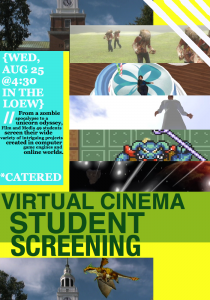
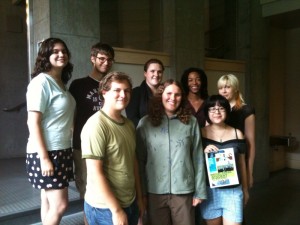
 Submission for the StarCraft AI Competition is now open. Complete details are provided at the
Submission for the StarCraft AI Competition is now open. Complete details are provided at the 